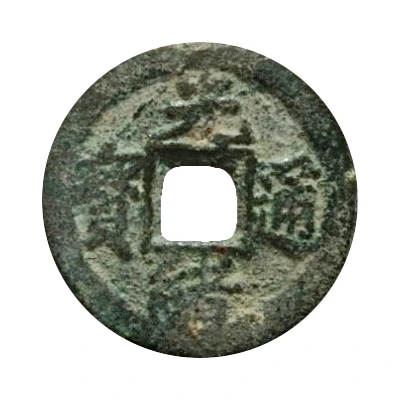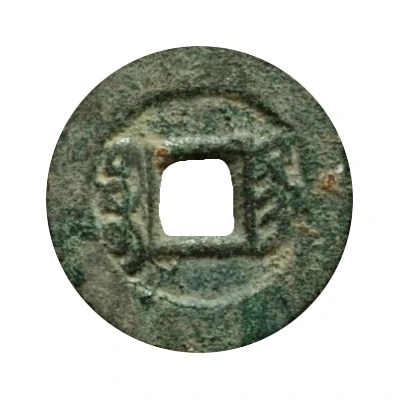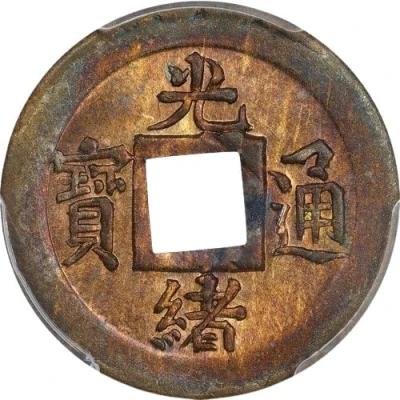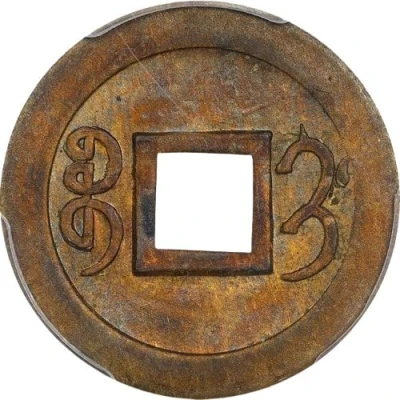


© bbybugs (CC BY-NC-SA)
1 Cash - Guangxu Tongbao; Boo-ging ND
| Brass | - | 21 mm |
| Issuer | Empire of China |
|---|---|
| Emperor | Qing dynasty › Guangxu (光緒帝) (1875-1908) |
| Type | Standard circulation coin |
| Years | 1895-1899 |
| Value | 1 Cash |
| Currency | Cash (621-1912) |
| Composition | Brass |
| Diameter | 21 mm |
| Shape | Round with a square hole |
| Technique | Cast |
| Orientation | Medal alignment ↑↑ |
| Demonetized | Yes |
| Updated | 2024-10-04 |
| Numista | N#49098 |
|---|---|
| Rarity index | 86% |
Reverse
Two Manchu words (read vertically) separated by the hole.
Script: Mongolian / Manchu
Lettering: ᠪᠣᠣ ᡬᡳᠩ
Translation: Boo-ging
Edge
Plain
Comment
These are said to have been struck in the late 1890s due to their weight standards.The exact location is uncertain, although the current best educated theory is Qingjiang, Jiangsu based on a report found in OCtober 1899 stating the Qingjiang mint workmen were using local casting laws.
Interesting fact
One interesting fact about the Standard circulation coin 1 Cash - Guangxu (Tongbao; Boo-ging) ND (1895-1899) from Empire of China made of Brass is that it was designed by a French sculptor named Jean-Baptiste Farochon. Farochon was commissioned by the Chinese government to create a new design for the coin, which was intended to be used as a standardized currency across the country. The coin features a portrait of the Guangxu Emperor on one side and a traditional Chinese dragon on the other. The use of brass as the material for the coin was a deliberate choice, as it was seen as a more durable and practical alternative to other metals like silver or gold. Despite its durability, the coin was not widely accepted by the Chinese people, and it was eventually replaced by other currency designs. Today, the coin is considered a rare and valuable collector's item, with some mint-condition coins selling for thousands of dollars.

